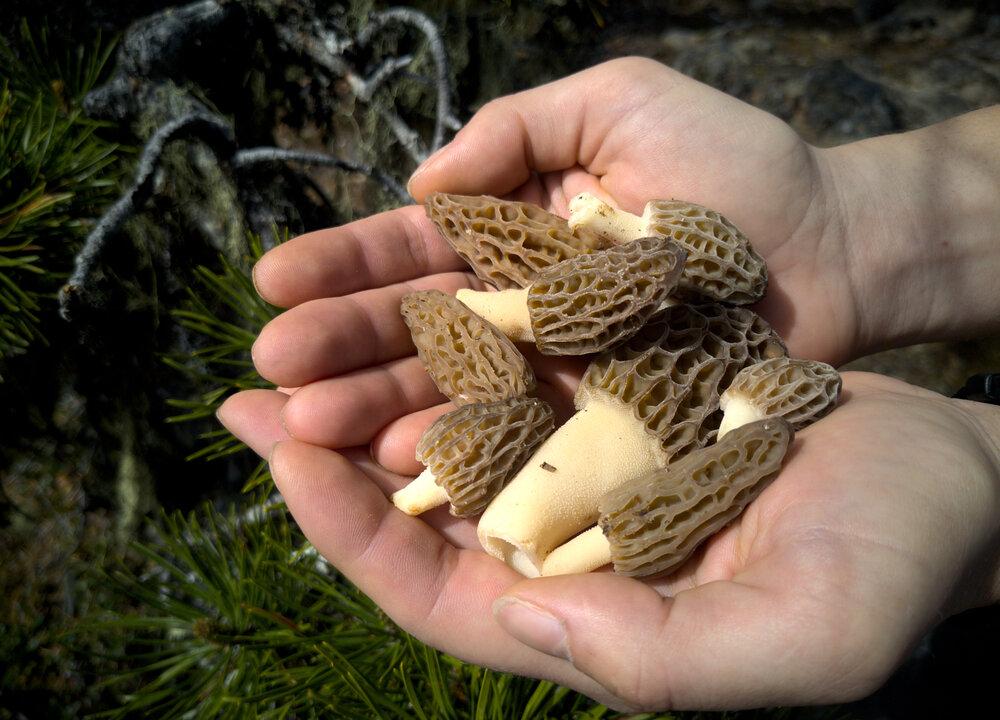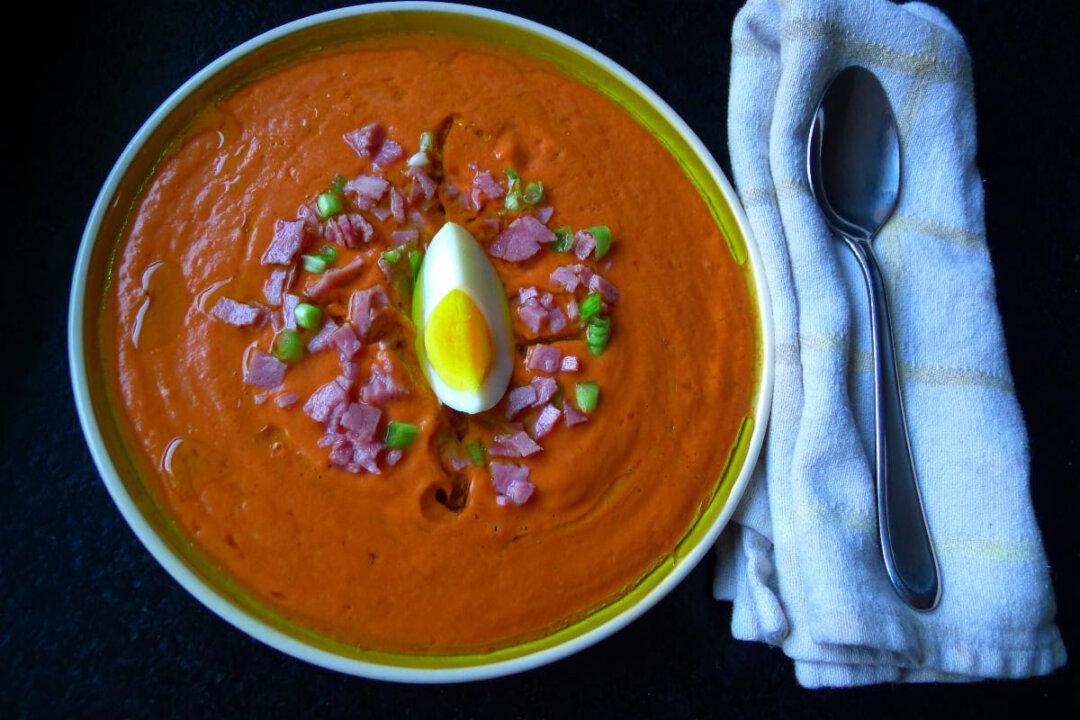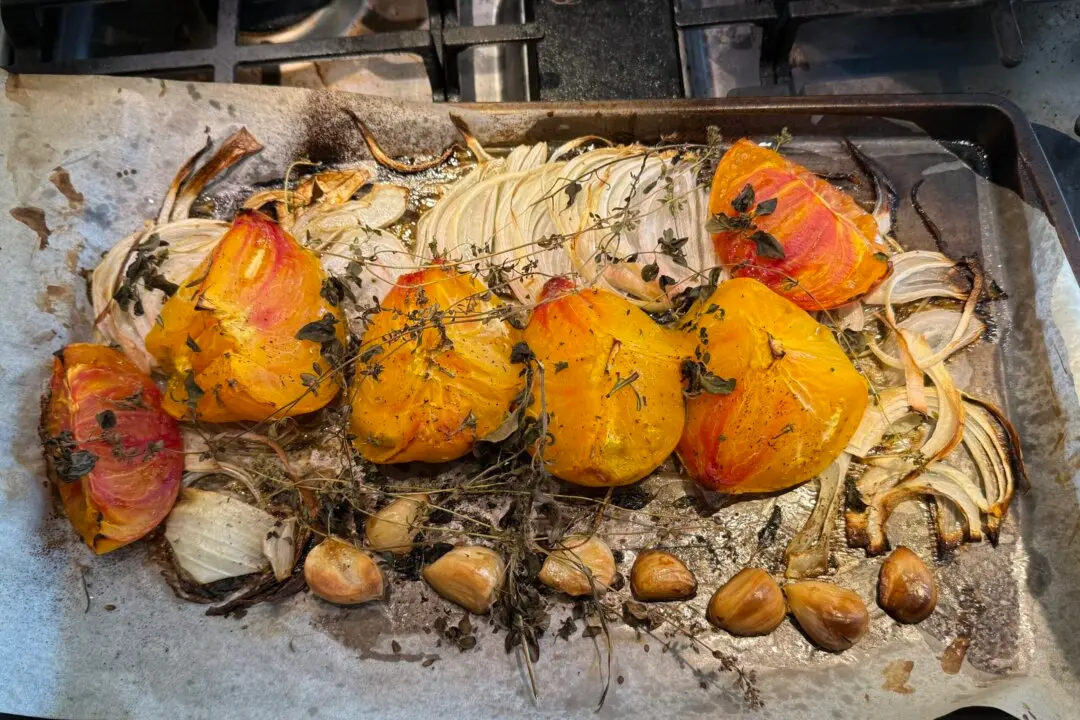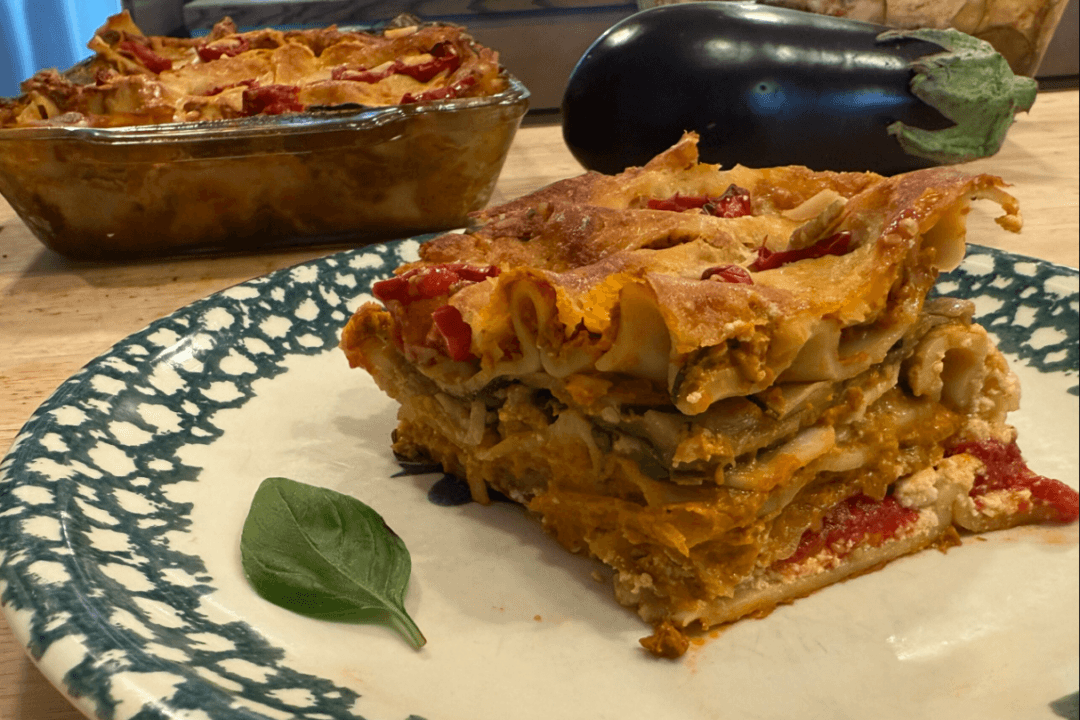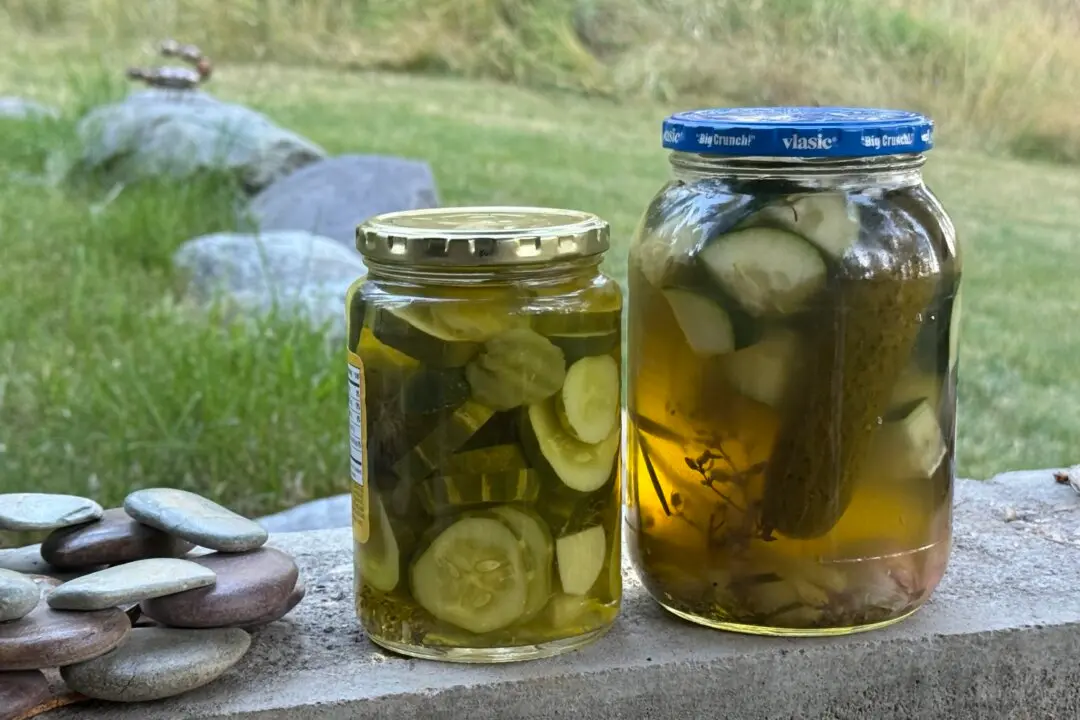Morels have no psychoactive properties, but they are definitely magical. The caps have a brainy look that might make you feel like you’re hallucinating, but the wacky, whimsical mushrooms are for real, and can cause real-life magic to happen. This is especially true if you are hunting them, but preparing morels can be an adventure, too.
Morels are widely considered the finest tasting mushrooms on the planet. Their meaty flavor and fleshy texture allow them to mix well with fat and wine, and lend a soulful fungal aroma to soups.

